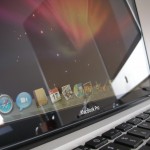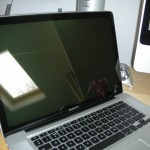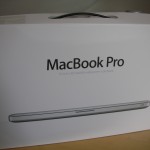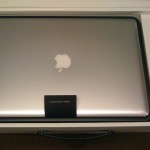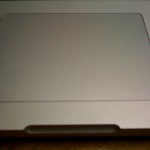I recently decommissioned a rack mounted 1TB Lacie Ethernet Disk. I connected up a monitor to see what the embedded Windows XP looks like. Well it’s pretty much locked down by Lacie with very little you can do with it. It was always a little buggy for me too, shares would randomly be inaccessible until a reboot, or the admin interface would become slow and unresponsive requiring a hard reboot which was one of the reasons that it was removed from the rack.
So, thinking about whether to stick it on eBay or not I decided to first look into installing some sort of Linux on it and getting rid of the windows environment. This however, was not as straight forward as I would have liked. The hardest part was finding software that would actually install and work with the VIA C3 1Ghz processor, it seems that most modern variants of Linux have dropped support for such old architecture.
Looking into various NAS software I stumbled across NAS4Free which stated it supported the processor installed in the Lacie Ethernet Disk so I set about trying to install it.
There are two methods to get NAS4Free installed. The first is to burn the image on to a CD and the second is to copy onto a Flash Drive, I *TRIED* the latter using the following method on my MacBook Pro:
Downloaded the latest x86 version from here
Converted the ISO to IMG using Terminal
hdiutil convert -format UDRW -o /Users/Stephen/Desktop/NAS4Free-x86-LiveCD-9.1.0.1.262.img Users/Stephen/Desktop/NAS4Free-x86-LiveCD-9.1.0.1.262.iso
Next we need to get a list of disks to see which one is the Flash Drive
diskutil list
Mine was showing as /dev/disk3, I then unmounted the drive
diskutil unmountDisk /dev/disk3
Now it’s time to copy the file to the Flash Drive
sudo dd if=/Users/Stephen/Desktop/NAS4Free-x86-LiveCD-9.1.0.1.262.img.dmg of=/dev/rdisk3 bs=1m
With that done now all we need to do is boot the Lacie from the Flash Drive and install it. So I plugged in the Flash drive but the Lacie refused to boot from the USB ports no matter what settings I selected in it’s bios. Tried alternative Flash drives with no joy. I also tried the Embedded version, again with no luck.
Eventually I gave up and burned the image to CD. Removing the three screws on the back of the Lacie Ethernet Disk I connected a CD drive to the second IDE cable, set CDROM as the only boot up device and it proceeded to boot up off the CD.
NAS4Free then installed onto the primary hard disk 250Gb with no problems at all. (I did manage to install NAS4Free onto the USB stick and it does try to boot up from it, sometimes successfully other times it just seems to hang. I guess the Flash drive is either not compatible or I just got too impatient. I will re-visit this in time though.)
Setting up NAS4Free after this was a breeze, however the next issue I ran into is that the Ethernet card installed in the Lacie Ethernet Disk simply will NOT show a link when connected to a Sky Fibre router supplied by Sky. I tested the port using my MacBook Pro and the TP-Link TL-WA701ND 150Mbps Wireless Lite N Access Point that I had set up for use with Sky HD box and it worked perfectly so there is some sort of compatibility clash between the two.
After swapping cables, trying a different Sky router (original one prior to getting Sky Fibre) I discovered that behind a blanking sticker there was an on board ethernet port. Connected that port to the Sky Fibre router, enabled it in the bios (Lacie had disabled it), rebooted and it connected fine.
So there you have it, my experience with installing NAS4Free on a 1TB Lacie Ethernet Disk (Rackmount).
Next task will be to set up the NAS4Free as a Time Machine destination, though hard drive upgrades would be essential for this.

